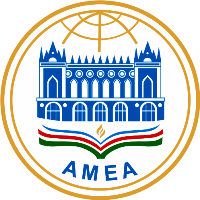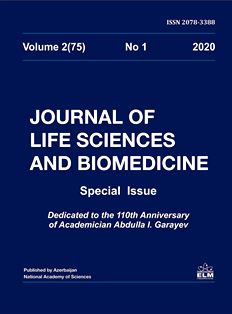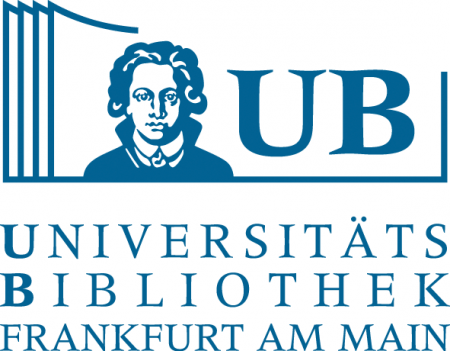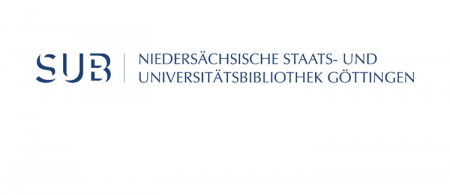
Prospective directions for searching new medicines of plant origin, effective in infections of different etiology
Research article: Prospective directions for searching new medicines of plant origin, effective in infections of different etiology
Author: N.P. Mehdiyeva
Institute of Botany, Azerbaijan National Academy of Sciences, 40 Badamdar Highway, Baku AZ1004, Azerbaijan
For correspondence: naiba_m@mail.ru
Received 10 October 2020; Received in revised form 26 October 2020; Accepted 09 November 2020
Abstract:
The global community is concerned about the COVID-19 pandemic. Existing capacities are mobilized and new ways to counter the growing threat are actively sought. The scientific development of tradi- tional medicine is a promising way of solving this problem. Information on the use of medicinal plants by different peoples is fragmented and largely unavailable to the world scientific community. The flora of Azerbaijan including almost 1600 species of medicinal plants with antiviral, anti-inflamma- tory, immunomodulatory, vitamin, general tonic and other properties are distributed in the Flora of Azerbaijan. Modern protocols for the treatment of infection caused by COVID-19, along with other therapeutic agents, will include drugs with the above properties. The article contains information about a computer database of medicinal plants in Azerbaijan, developed by the author in the frame of the doctoral thesis in the 2006 year. These data enable us to distinguish species with a set of bio- logically active substances that determine their required necessary physiological activity from the total number of medicinal plants. Therefore, the intensification of work on the study of traditional medicine and the creation of a worldwide information platform on medicinal plants can become the basis for the search and development of new antiviral drugs, including those effective and against COVID-19.
Keywords: Flora of Azerbaijan, medicinal and food plants, database, biologically active substances, physiological activity, COVID-19
References
Aliev N.I. (1998) Medicinal plants and herbal medicine of Azerbaijan. Baku: Elm. 343 p.
Damirov I.A., Guseinov D.J. Shukurov S.Z. (1992) Plants and medicine. Baku: Youth. 127 p.
Mehdieva N.P. (2010) Medicinal plants of the flora of Azerbaijan (Electronic database (in Russian). Baku: Copyright Agency of the Republic of Azerbaijan. Registration certificate Əs 6265.
Damirov I.A., Prilipko L.I., Shukurov D.Z., Kerimov Yu. B. (1988) Medicinal plants of Azerbaijan. Baku: Maarif, 319 p.
Kiseleva T.L., Karpeev A.A., Smirnova Yu.A. and others. (2007) Therapeutic properties of food plants. under the general. ed. T.A. Kiseleva. M.: FNKETs TMDL Roszdrav, 553 p.
Mehdieva N.P. (2006) Computer data bank of medicinal plants of Azerbaijan flora. 1st International Conference "Traditional Medicine and Materia Medica in Medieval Manuscripts". Baku, p. 45
Mehdieva N.P. (2014) About some plants of the flora of Azerbaijan used in folk medicine and cooking. Folk medicine, 4 (39), p. 25-32.
Mehdieva N.P. (2015) Biodiversity of medicinal plants in the flora of Azerbaijan. Author's abstract. dis. Dr. biol. the science. Baku: 44 p.
Mustafayeva S.D., Mekhtieva N.P., Zeynalova S.A., Atakishieva Yu.Yu. (2006) Antifungal activity of essential oils. Collection of Sciences. Proceedings "Chemistry, technology, medicine" (Moscow), XVII: 223-226
Tsydendambaev P.B., Baldanova I.R., Erentueva A.Yu. and others. (2018) Antibacterial properties of Baikal medicinal plant extracts. Bulletin of the Buryat State. Univ. "Medicine and Pharmacy", vol. 3:4:98-104.
Shikh E.V., Bulaev V.M., Demidova O.A. (2015) Safety assessment of medicinal plants. Safety and risk of pharmacotherapy, (2): 23-29.
Alavi S.H.R., Yasa N., Fazelib M.B. et al. (2006) Chemical composition and antibacterial activity of the essential oils of the Peucedanum ru-thenicum (M.Bieb.) Rochel leaves and flowers from Kalardasht. Iranian J. of Pharmaceutical Sciences, 2(4): 231-234.
Alizade V., Mehdiyeva N., Karimov V., Ibra-himova A. (2019) Plants of the Greater Caucasus (Azerbaijan) (ed. Thomas Borsch). Baku: “Red N Line” Publishing House, 352 p.
Franco M.F., Bussmann R.W. (2020) Rising to the occasion: outlining Ethnobiologists' response to the coronavirus (COVID-19) pandemic. Eth-nobotany Research and Applications, 20: 1-4.
Giordani C., Simonetti G., Natsagdorj D. et al. (2020) Antifungal activity of Mongolian medici-nal plant extracts. Natural Product Re-search, 34(4): 449-455.
Javed T., Ashfag U.A., Erhman S., Riazuddin S. (2011) In-vitro antiviral activity of Solanumnigrum against hepatitis C virus. Virol. J., 8(1): 26.
Liu S., Jiang S., Wu Z., Zhang Lv. J., Zhu Z., Wu S. (2002) Identification of inhibitors of the HIV-1 gp41 six-helix bundle formation from ex-tracts of Chinese medicinal herbs Prunella vul-garis and Rhizomacibotte. Life Sci., 71(15):1779-1791.
Manandhar S., Luitel S., Dahal R.K. (2019) Invitro antimicrobial activity of some medicinal plants against human pathogenic bacteria. Jour-nal of Tropical Medicine,2019: 1-5.
Mazzanti G., Battinelli L., Pompeo C. et al. (2008) Inhibitory activity of Melissa officinalis L. extract in Herpes simplex virus type 2 replication. Nat. Prod. Res., 22(16): 1433-1440.
Mehdiyeva N.P., Alizade V.M., Guliyev I.S., Alirzayeva E.H. (2017) In: Ethnobotany of the Caucasus. Ed. R.W.Bussman. W.L.Brown Cen-ter, Missouri Botanical Garden. Springer Refer-ence, 746 p.
Ethnobotany of the Caucasus (2017) Ed. R.W. Bussman. /Mehdiyeva N.P., Alizade V.M., Guli-yev I.S., Alirzayeva E.H. et al. William L. Brown Center, Missouri Botanical Garden. Springer Reference, 746 p.
Mohammad A., Mohana D., Raveesha K., Azadbakht M. (2007) Antibacterial potential of extracts of leaves of Parrotia persica. African J.of Biotechnology, 6(22): 2526-2528.
Nolkemper S., Reichling J., Stintzing F.C., Carle R., Schnitzler P. (2006) Antiviral effect of aqueous extracts from species of the Lamiaceaefamily against Herpes simplex virus type 1 and type 2 in vitro. Planta Med.,72(15):1378-1382.
Rivera D., Obón C., Inocencio C. et al. (2007) Gathered food plants in the mountains of Castilla-La Mancha (Spain): Ethnobotany and multivari-ate analysis. Economic. Botany, 61(3): 269-289.
Roschek B., Fink R.C., McMichael M.D. et al. (2009) Elderberry flavonoids bind to and Prevent H1N1 infection in vitro. Phytochemistry, 70(10):1255-1261.
Sahmurova A.M., Zeynalova S.A., Mehdiyeva N.P. et al. (2009) On antifungal effects of essen-tial oils from Pimpinella peregrina L., Daucuscarota L., Achillea filipendulina Lam. J. of Inter-national Scientific Publication: Ecology and Safety, 3(part 1): 666-675.
Takesh A., Fatahinia M., Mahmoudabadi Z.A.(2019) In vitro evaluation of antifungal Activity of three traditionally used medicinal plants; Um-bilicus Boiss, Cuminum cuminum and Zingiberofficinale extracts. International J. of MedicinalLaboratory, 6(4): 266-274.
Unnikrishnan P.M., Suneetha M.S. (2016) Link-ing medicinal plants, traditional knowledge and community health. J. Traditional and Folk Prac-tices, 02, 03, 04 (1): 100-103.
Zakay-Rones Z., Thom E., Wollan T., Wadstein J. (2004) Randomized study of the efficacy and safety of oral elderberry extract in the treatment of influenza A and B virus infections. J. Int.Med.Res., 32(2): 132-140.























